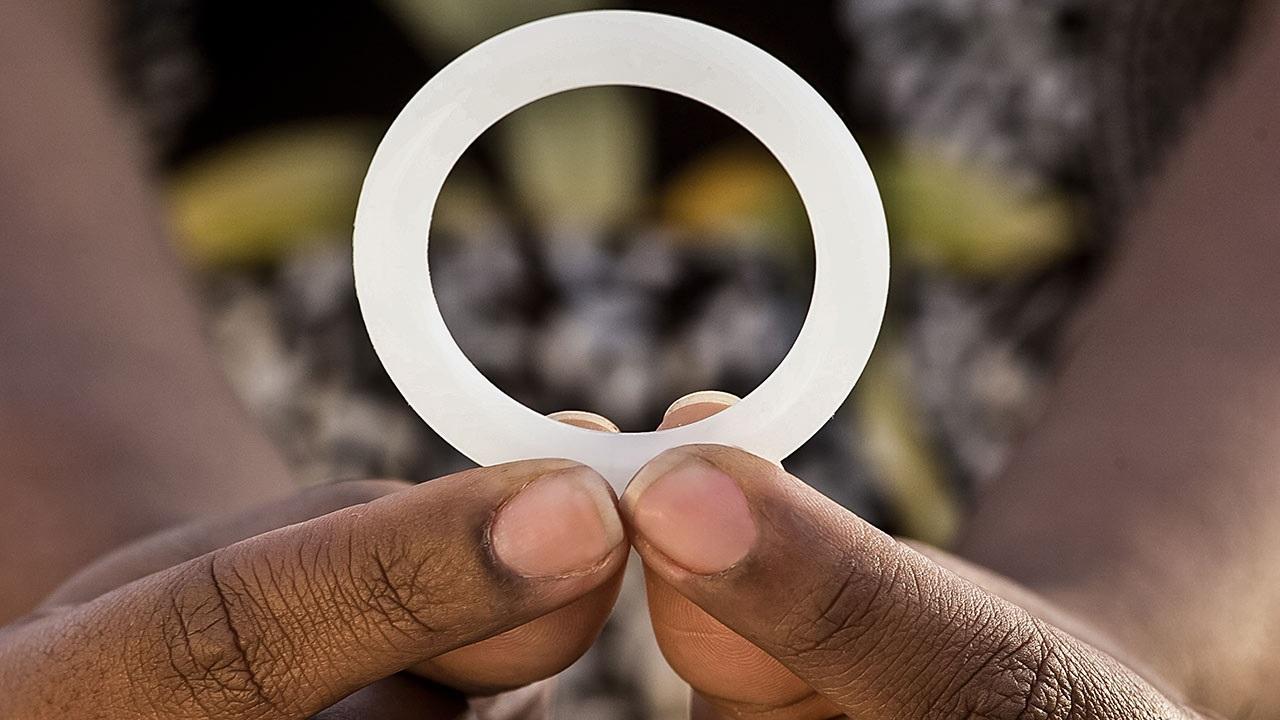
Researchers at University Jean Monnet of Saint-Etienne, France have succeeded in developing a vaginal silicone ring that delivers molecules that act on both HIV and herpes virus. This research is presented at the 55th Interscience Conference on Antimicrobial Agents and Chemotherapy (ICAAC/ICC).
“We succeeded in creating a ring that can deliver hydrophilic molecules such as tenofovir, active on HIV-1, and acyclovir, active on herpes virus, despite the fact that silicone is a hydrophobic compound,” said Meriam Memmi, author of the study and PhD candidate at University Jean Monnet of Saint-Etienne, France. This was possible due to the addition of a hydrophilic compound to the silicone, which allowed the drugs to be released from their reservoirs.
Vaginal rings with multiple reservoirs present a promising way for preventing sexually transmitted infections (STIs) and notably HIV infection in young women with high risk of exposure. Some of the rings presented in this study were shown to release concentrations of drugs between 1.5 and 3.5 mg/day for acyclovir and 3 to 5 mg/day for tenofovir for as long as 50 days, which corresponds to doses capable of preventing viral sexual-transmitted infections such as HIV-1 infection, hepatitis B and genital herpes.
These preliminary results demonstrate the ability of silicone rings to continuously deliver hydrophilic antiviral drugs for a long period of time at a concentration that would be effective for neutralizing the viruses present in semen. The process is intended to be evaluated in clinical trials and to be industrialized with the goal of producing rings at high rate and low cost.
“The aim of our study was to develop a vaginal silicone ring that was nontoxic to the health of users but was capable of delivering multiple active antiviral molecules against various STIs including HIV for a long duration,” said Memmi.
STIs of viral origin constitute a major public health concern, notably in women from low-income countries who were shown to be infected with HIV-1 early in their sexual live, with a gap of 7 to 10 years compared to men. “It is difficult for women in these countries to master the prevention of STIs since the use of condoms and circumcision is mainly under the control of men,” said Memmi.
The work was performed at the University Jean Monnet of Saint-Etienne, France, in close collaboration between a team of virologists belonging to the GIMAP group under the supervision of Pr. Bruno Pozzetto and of chemists from the Polymer Materials Engineering Laboratory under the supervision of Pr. Christian Carrot, with the help of Mr. Blaise Figuereo, a silicone engineer who designed the apparatus used to create the reservoir rings.
The study done by American Society for Microbiology.